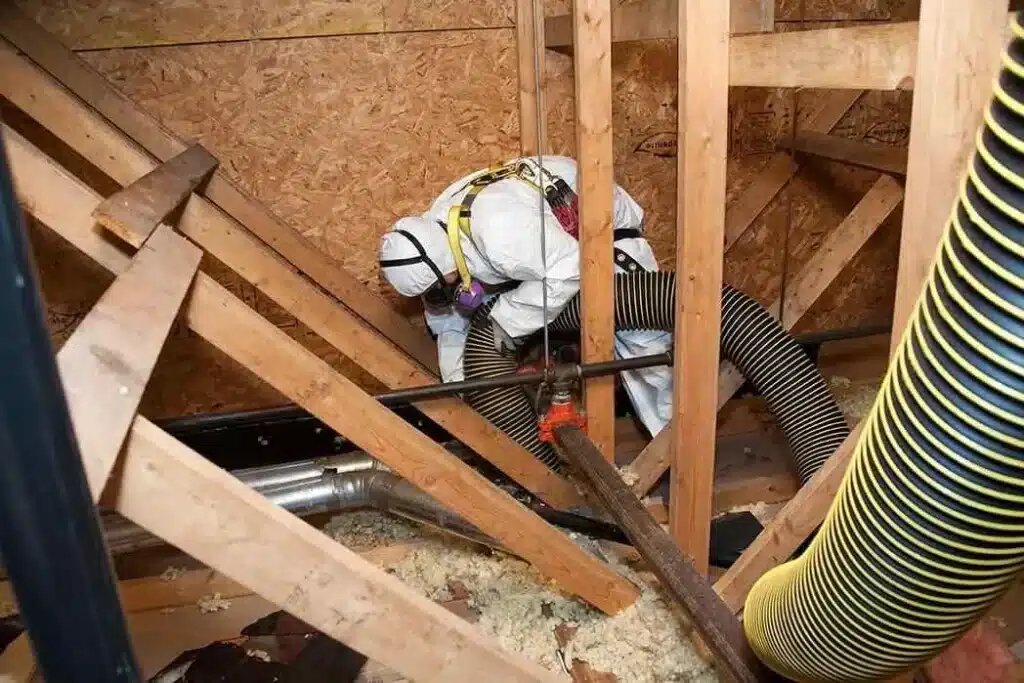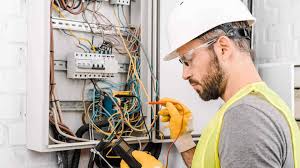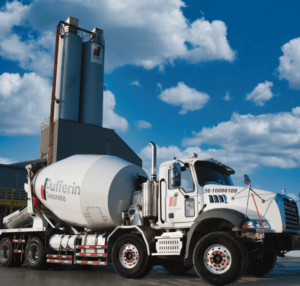Everything You Need to Know About Insulation Removal in Austin, TX
Whether you’re upgrading to a more efficient insulation material or addressing issues with old, damaged insulation, insulation removal in Austin, TX is a crucial step in ensuring your home remains comfortable and energy-efficient. With the city’s unique climate and the varied needs of homes, proper insulation plays a key role in regulating temperature, improving energy efficiency, and maintaining overall comfort.
In this article, we’ll explore the ins and outs of insulation removal, why it’s important, the process involved, and how Stellrr Insulation can help homeowners in Austin make informed decisions about their insulation removal projects.
Why Insulation Removal Matters in Austin, TX
The importance of removing outdated or damaged insulation cannot be overstated. Over time, insulation materials like fiberglass, cellulose, and foam can degrade, settle, or absorb moisture, reducing their effectiveness. In Austin, where humidity levels can be high and temperatures can soar, the condition of your home’s insulation directly impacts energy efficiency, comfort, and even the structural integrity of your home.
Insulation removal addresses these concerns by eliminating old, inefficient materials and making room for new, better-performing solutions. Whether you’re dealing with mold, pests, or simply outdated insulation, removing old insulation is often the first step toward improving your home’s energy performance.
The Insulation Removal Process in Austin
Understanding how insulation removal works can help homeowners make better decisions when it comes time to replace old insulation. Here’s a step-by-step breakdown of the typical insulation removal process:
1. Inspection and Assessment
Before removing insulation, a professional team will inspect your home to determine the condition of your current insulation. They’ll assess whether it’s damaged, contaminated, or improperly installed. This step also involves determining the best removal method based on the type of insulation and the area it’s in.
2. Safety Precautions
Removing old insulation can be hazardous, especially if it contains mold, asbestos, or rodent droppings. For safety, professionals wear protective gear like gloves, masks, and goggles. They’ll also seal off the work area to avoid contaminating the rest of the home.
3. Insulation Removal
Once the inspection and safety measures are in place, the removal process begins. For attic insulation, a vacuum system is often used to extract loose materials like fiberglass or cellulose. If the insulation is spray foam, it will be carefully scraped or cut away from the surfaces. For batts or rolls, it’s manually pulled out and disposed of.
4. Cleanup and Disposal
After the old insulation is removed, the area is thoroughly cleaned. This includes removing any remaining debris and ensuring the space is ready for new insulation. Proper disposal of the old material is crucial to prevent contamination and ensure compliance with local regulations.
5. Insulation Replacement
Once the area is clear, the space can be refilled with new insulation that is better suited for the home’s needs. This might involve the installation of spray foam, fiberglass batt, or cellulose, depending on the homeowner’s goals and preferences.
Common Reasons for Insulation Removal in Austin, TX
Several factors may necessitate insulation removal in homes across Austin. Here are the most common reasons:
1. Mold and Moisture Damage
In Austin’s humid climate, moisture buildup can quickly damage insulation, leading to mold growth. Mold-infested insulation should be removed immediately, as it can compromise both indoor air quality and the effectiveness of the insulation. Mold also spreads quickly, so timely removal is essential.
2. Rodent or Pest Infestations
Animals such as rodents and insects can make a home in insulation, causing it to become contaminated with droppings, urine, and other debris. This can cause health risks and significantly reduce the insulation’s performance. Insulation removal is necessary to eliminate any pests and their nesting materials.
3. Energy Inefficiency
If your insulation has settled, compressed, or degraded over time, it might no longer be effective at maintaining the right temperature in your home. In Austin, with its hot summers and chilly winters, energy efficiency is a priority. Old insulation can be a significant factor in high energy bills, so removing and replacing it can improve your home’s overall efficiency.
4. Home Renovations
During major renovations, it’s common for homeowners to remove old insulation in preparation for new construction or to make room for modern materials. Whether upgrading the attic or adding new living space, insulation removal is often part of the remodeling process.
Types of Insulation Commonly Removed in Austin, TX
Depending on the age and condition of the home, there are several types of insulation that may need removal. The most common types include:
1. Fiberglass Insulation
Fiberglass batt or roll insulation is commonly found in older homes. It can degrade, compress, or even become infested with pests over time, requiring removal and replacement with a more efficient material.
2. Cellulose Insulation
Cellulose insulation services are made from recycled paper products and can absorb moisture, which can lead to mold growth. This type of insulation is typically removed in cases where moisture or pest infestations are an issue.
3. Spray Foam Insulation
While spray foam insulation is a long-lasting and effective solution, it can become brittle or lose its insulating properties if improperly installed or exposed to extreme conditions. In these cases, removal may be necessary to restore energy efficiency.
4. Loose-Fill Insulation
Loose-fill insulation, commonly made from fiberglass or cellulose, can shift or settle over time. This settling reduces its ability to insulate effectively, leading to energy loss. Removal and replacement of loose-fill insulation can be part of the process to ensure optimal home performance.
Why Hire Professionals for Insulation Removal in Austin, TX?
While DIY insulation removal is possible, it’s always safer and more efficient to hire professionals for the job. Here’s why:
1. Experience and Expertise
Professional insulation removal services have the experience and equipment necessary to remove insulation efficiently and safely. They understand how to handle various types of insulation and know the best removal techniques for each situation.
2. Safety
As mentioned, removing insulation, especially older materials, can expose you to dangerous contaminants like asbestos or mold. Professionals wear protective gear and follow safety protocols to minimize risks to your health.
3. Proper Disposal
Insulation removal requires proper disposal of materials, which is often regulated by local laws. Professionals ensure that the insulation is disposed of in a way that is both safe and compliant with Austin’s regulations.
4. Time and Cost Efficiency
Hiring professionals helps to speed up the removal process, saving you time. While DIY removal may seem cost-effective at first, the risk of improper installation and safety concerns can end up costing more in the long run.
FAQs
1. How much does insulation removal cost in Austin, TX?
The cost of insulation removal depends on the size of the area, the type of insulation, and the complexity of the project. On average, homeowners can expect to pay between $1,500 and $3,000 for insulation removal and replacement.
2. Can insulation removal improve energy efficiency?
Yes, removing old, ineffective insulation and replacing it with high-quality materials can significantly improve energy efficiency, leading to lower heating and cooling costs.
3. How long does the insulation removal process take?
The time it takes for insulation removal depends on the size of the home and the type of insulation being removed. Typically, the process can take anywhere from a few hours to a full day.
4. Is it safe to remove insulation myself?
Removing insulation yourself can be risky, especially if you’re dealing with mold, asbestos, or rodent infestations. It’s recommended to hire professionals who are trained to handle these materials safely.
5. How do I know when it’s time to remove my insulation?
If your insulation shows signs of damage such as mold, moisture, pest infestation, or settling, it’s time to remove and replace it. A professional inspection can help determine whether your insulation needs to be replaced.
6. What types of insulation can be removed?
Fiberglass, cellulose, spray foam, and loose-fill insulation can all be removed from attics, walls, and other areas as part of the insulation replacement process.
Conclusion:
Insulation removal in Austin, TX is a vital process for homeowners looking to maintain a comfortable, energy-efficient home. Whether dealing with moisture, pests, or old, ineffective insulation, the removal of outdated materials is the first step toward better home performance.
If you’re considering insulation removal, Stellrr Insulation is here to help. With years of experience and a commitment to safety, Stellrr Insulation provides professional insulation removal services in Austin. Contact them at (512) 710-2839 today to learn more about how they can help improve your home’s insulation and efficiency.











Post Comment